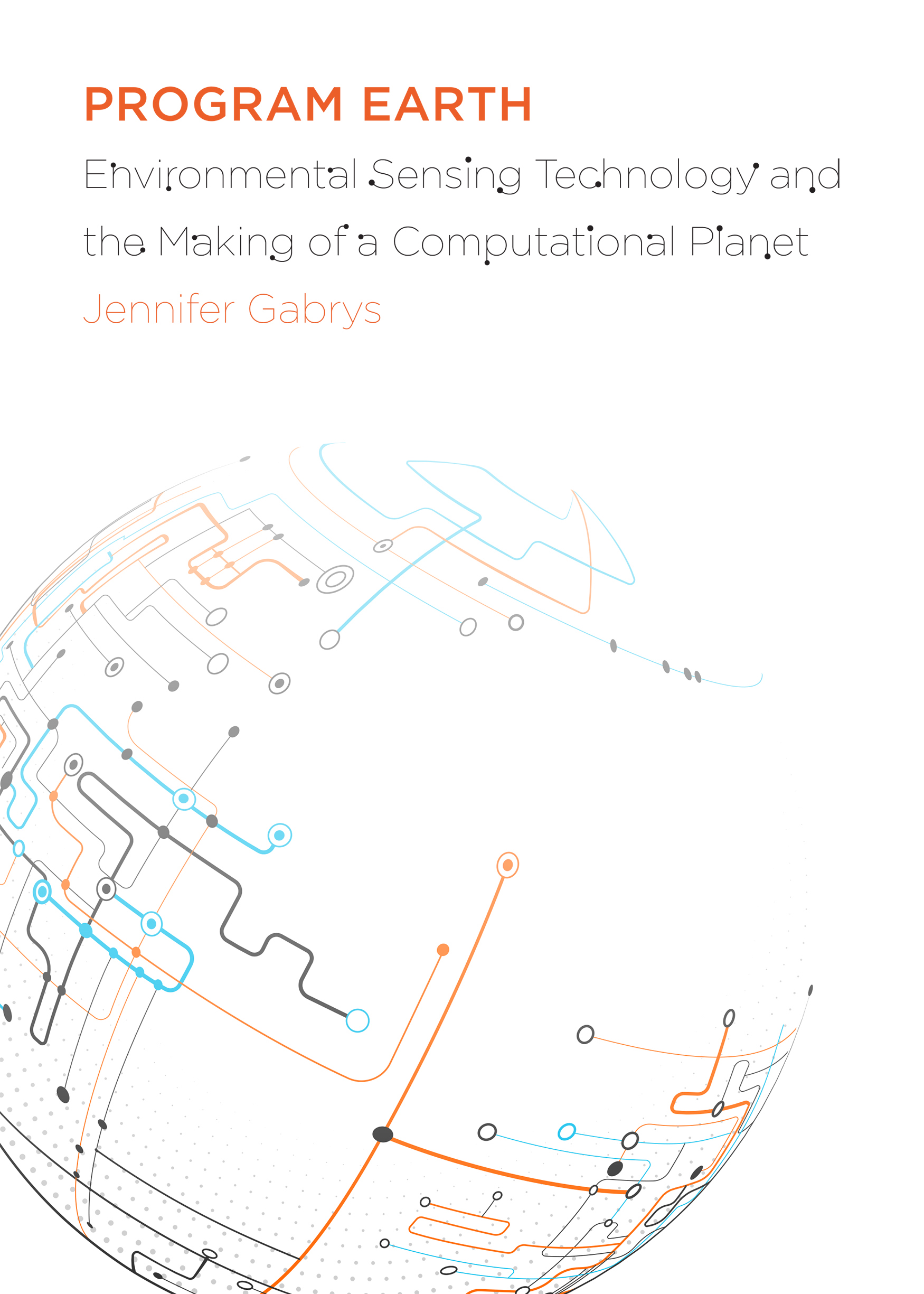Related Works


Open-Air Toolkits for Environmental Struggle
Environments are increasingly sites of pollution, extraction, disaster, and development. Citizens of Worlds examines how citizen-sensing technologies and practices observe, evidence, and act on environmental disturbance. By focusing especially on how people use sensors and sensing technologies to monitor air quality, this book asks who or what constitutes a “citizen” in citizen sensing. How do digital sensing technologies enable or constrain environmental citizenship?
Taking the form of a how-to guide, Citizens of Worlds documents projects from the Citizen Sense research group, which built digital sensor toolkits for documenting and analyzing air pollution. This practice-based study describes collaborations with people to monitor air pollution from fracking infrastructure, document traffic emissions, and create air quality gardens. In the process of installing sensing technologies, this study considers the aspirations, collaborations, troubleshooting, disappointments, and political change that are forged in specific sensing projects.
As these projects show, how people work with, respond to, care for, shape, fight for, and transform environments informs the political subjects and collectives that they become. Citizens and worlds materialize through attempts to sense and struggle toward more breathable conditions.
Background photo by Dominik Dancs on Unsplash. Dustbox illustration by Sarah Garcin, courtesy of Citizen Sense.


